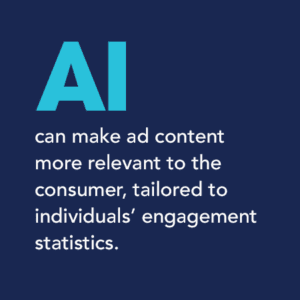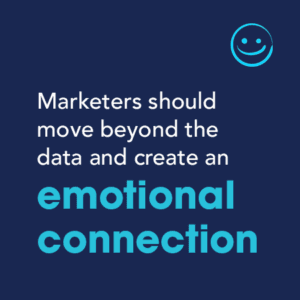CommerceNext Webinar Recap: 4 Ways That Retailers Can Adapt During COVID-19

The pandemic has led nearly every brand to make some kind of operational changes or strategic shifts. It’s also created widespread economic uncertainty that has radically reduced consumer spending, and retailers feel it.
To help marketers respond more effectively, CommerceNext hosted a webinar highlighting ways that leading retailers are using AI, consumer data, and personalization in the era of COVID-19. These are the four ideas that stood out.
1. Leverage AI to Enhance the Customer Experience
A/B testing and manipulation of content can be time-intensive. Their value is undeniable, but it can take numerous iterations before a solution becomes clear, especially when personalizing the message.
Daren Hull, the chief customer officer at Vera Bradley, believes AI can help with these kinds of quick changes and tweaks in the customer experience. He highlighted the many ways that Vera Bradley has embraced AI, such as using it to:
- Make their programmatic ad content more relevant.
- Personalize communications by using individual engagement statistics to determine the best time to send emails.
- Optimize their chat bots to help soften the current increase in overall call volume.
AI’s benefits in personalizing and improving the customer experience make it a no-brainer for any marketer.

2. Mine Pandemic Data to Develop Your Strategy
Eric Gohs, VP of marketing strategy at Lane Bryant, knew that when COVID-19 began, his team would have to radically rethink where they get meaningful data and how they use it. While reviewing public, COVID-19-related data (often offered up by government organizations), his team discovered that customers in the areas hardest hit were shopping more online. To meet that demand, they increased direct mail campaigns in those areas. Hull’s team at Vera Bradley used similar strategies, making similar discoveries.
3. Promote Communication and Experimentation
Colby Saenz, an affiliate manager at Purple, saw communication and collaboration as pillars of success within his organization. He spoke to the importance of communicating early with other teams, referencing how he noticed that his team would often receive input from the analytics team later on in the process. Instead, he said, teams should go seek out that input much sooner.
Gohs concurred, and reminded the audience to encourage experimentation and out-of-the-box ideas. He recommended giving teams the capacity to fail, summing it up with a mantra of his: “Progress over perfection.”
4. Go Beyond the Data
Plenty of the discussion focused on data collection and AI, but Sai Koppala, CMO of SheerID, took the conversation one step further by encouraging marketers to move beyond the data and create an emotional connection. Most retailers have relied heavily on collecting personalized data based on shopping behavior, but Koppala believes they need to embrace a new approach to personalization called identity marketing that allows them to uncover and engage customers based on deeper identity attributes, such as their occupations or life stages.

Saenz has seen the power of identity marketing firsthand with the success of Purple’s programs to first responders and the military. As the COVID-19 situation developed, the company expedited programs to three other consumer tribes—students, teachers, and healthcare professionals—that have been just as effective. In just the past eight weeks, Purple’s identity marketing programs have brought in 58% of the revenue that the company generated in all of 2019.
Watch the Webinar: Did COVID-19 Kill AI Personalization?